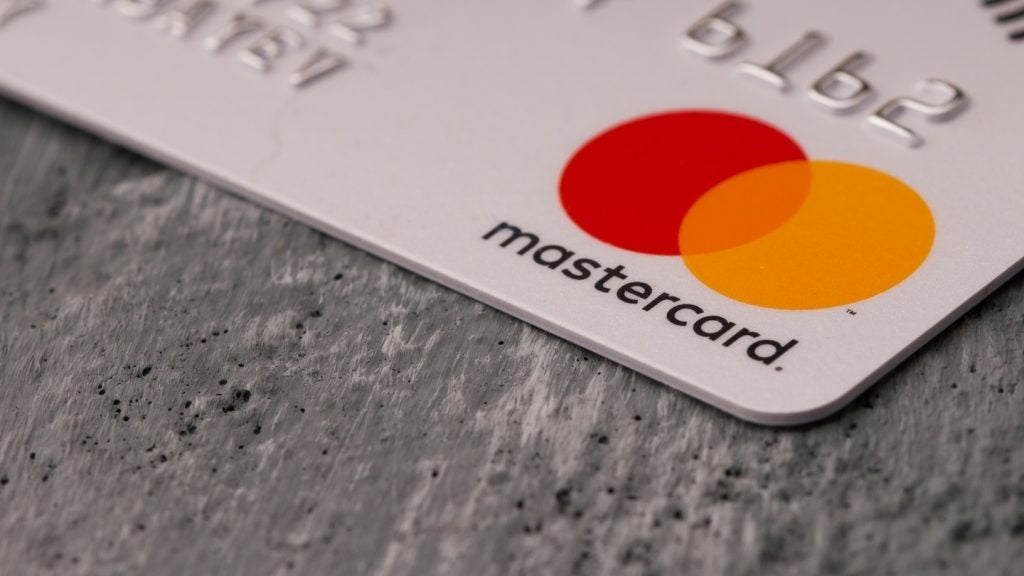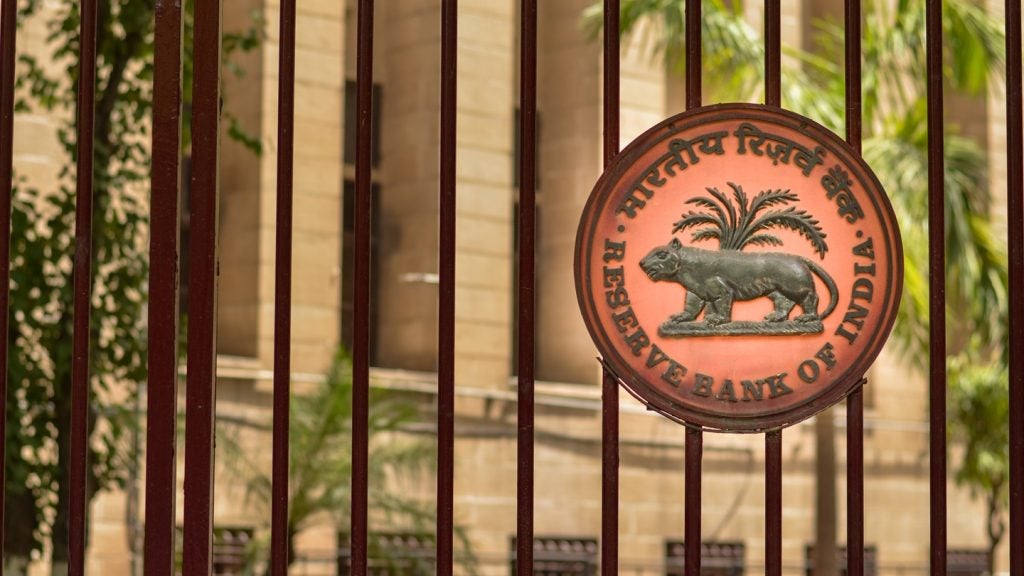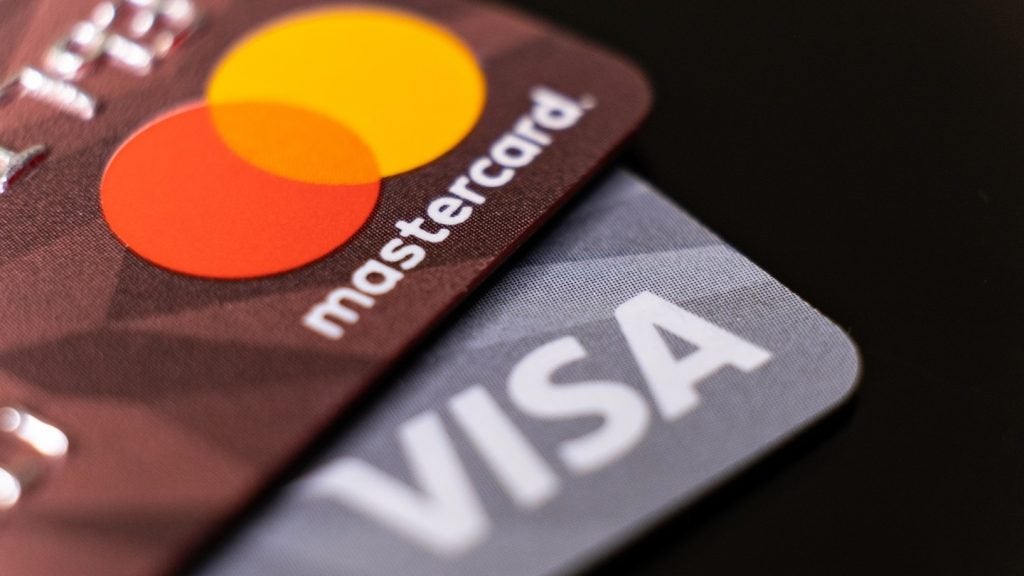While the UK and US become increasingly dependent on debit and credit cards, and e-payment options are developed by the day, the future is not necessarily cashless, writes Robin Gandhi. He discusses the reasons why cash is still king in much of the world’s population
As more companies embrace ecommerce, payments have inevitably evolved from more traditional cash-based transactions to being cashless. Whilst cashless payments are the preferred method of payment in the UK and US, this is not the case in other nations.
In fact, only a small proportion of the world’s population has access to credit – a situation which is not necessarily based on how much money shoppers have in the bank. To successfully tap into the online opportunities in regions of the world where cash-based payment preferences dominate, e-merchants first need to understand the financial structures and cultural payment norms.
Understanding why cash is still king
Cash-based societies tend to share some common financial system characteristics.
- The economic and financial structures of cash-based societies are often underdeveloped. For example, the ability to identify people and track their financial history is much more difficult in a cash-based society. Since the data points required to gauge a consumer’s credit worthiness are often limited in these markets, it is not easy to do a quick risk assessment, using protocols such as national identification numbers and credit histories. In Brazil, for example, since there isn’t a developed credit history ecosystem in place, there are limited credit schemes that offer low credit limits – between £50 and £300 – which in turn can complicate the bank and borrower relationship. Similarly, India has credit cards that are issued by a bank only after the borrower makes a fixed deposit. Following the deposit, the bank extends credit up to approximately 80%. Both examples highlight the limited credit lines that consumers wrestle with in certain geographies – limitations that compel them to pay with cash or another alternative to a credit card, especially if they want to purchase more expensive items.
- Even when consumers are able to secure a credit line, credit cards in traditionally cash-based societies often come with very high annual percentage rates (APR). Rather than assigning a consumer an APR based on individual data points and a specific risk profile, banks in cash-based societies typically assign APRs based on a few generalised tiers and limited consumer information. As a result, APRs remain high so that the credit risks associated with individual consumers within a specific tier can offset each other regardless of their true credit worthiness. In India, consumers face 30 to 45% APRs, and in Brazil, which has one of the highest APRs globally, APRs start around 120%. So even if consumers secure a credit limit that is large enough to buy a high-ticket item, they still have to find a way to pay off their credit balance during a single billing cycle in order to avoid paying hefty APR-driven fees.
Cashing in with localised payment methods
While the financial systems in some geographies can make it challenging for consumers to evolve beyond cash-based payments, it is not impossible. There are best practice strategies that online merchants can use to cater to more traditional cash-based cultures – strategies to make the online buying experience familiar and secure.

US Tariffs are shifting - will you react or anticipate?
Don’t let policy changes catch you off guard. Stay proactive with real-time data and expert analysis.
By GlobalDataFirstly, online merchants can create smaller, more manageable payments for the consumer by offering payment instalment programmes and charging subscriptions on a more frequent basis – monthly or weekly instead of quarterly or annually. This also helps alleviate the need to secure larger credit limits and deal with higher APRs.
Secondly, don’t assume cash-based societies only purchase in cash. As online economies continue to emerge, consumers who traditionally purchase with cash are already looking for alternatives and building affinities with certain e-payment options. The best way to reach these consumers is through payment methods that are regionally accepted and preferred by local shoppers. For example, Russian online shoppers prefer Yandex.Money and Qiwi. In order to avoid the cost of integrating multiple regional payment methods on their own, online merchants can partner with a global payments provider that already has local market expertise and established integrations with a portfolio of localised payment methods.
What’s the future of cash?
While the idea of a completely cashless world is certainly interesting, it is not realistic. Cash will continue to exist – though in increasing concert with online payments – for the foreseeable future. Even in the UK, a country largely dependent on credit and debit cards, a new plastic bank note will enter into circulation next year1. Despite the evolving nature of the payments landscape, there is one thing online merchants can count on – companies that understand and cater to the cultural payment preferences of the local shopper will have the greatest chance of winning the customer and closing the sale.
Robin Gandhi is director of strategic partnerships for Digital River World Payments at Digital River








